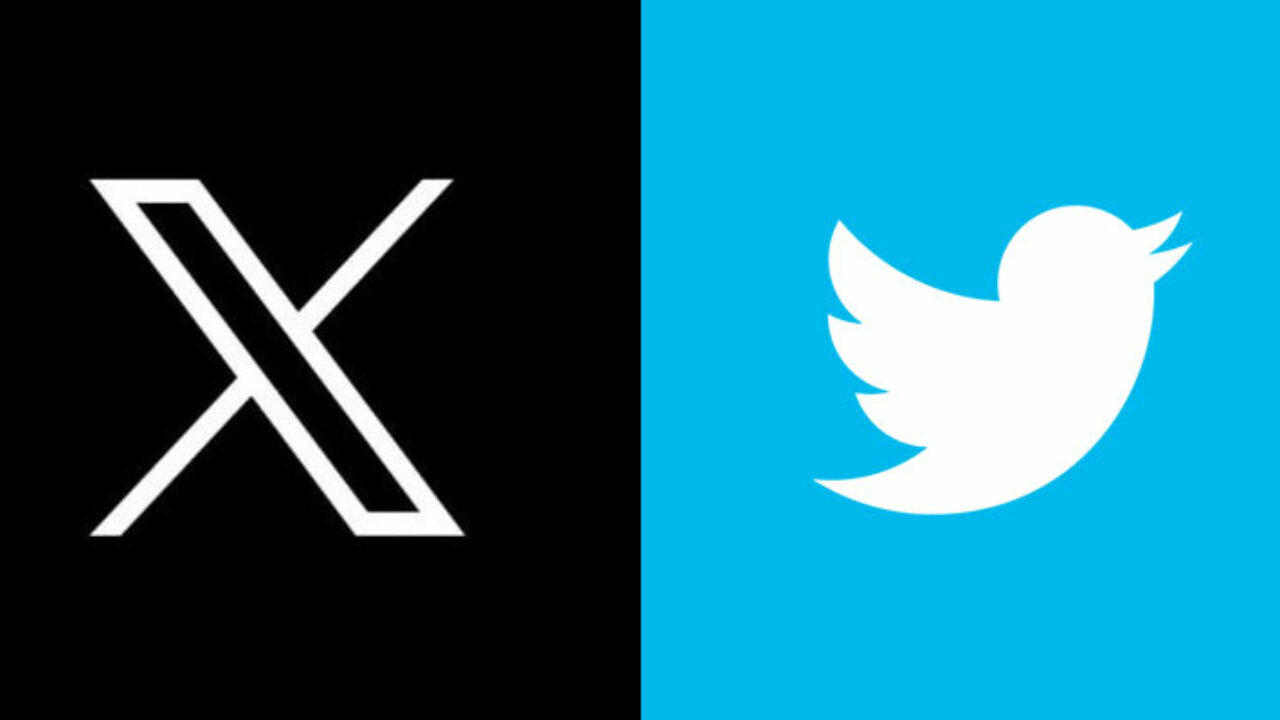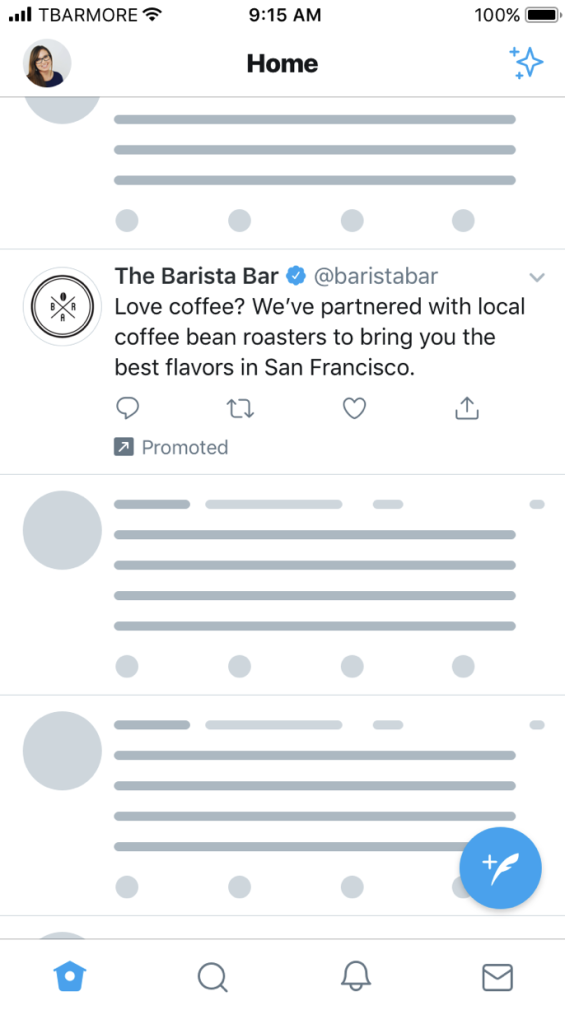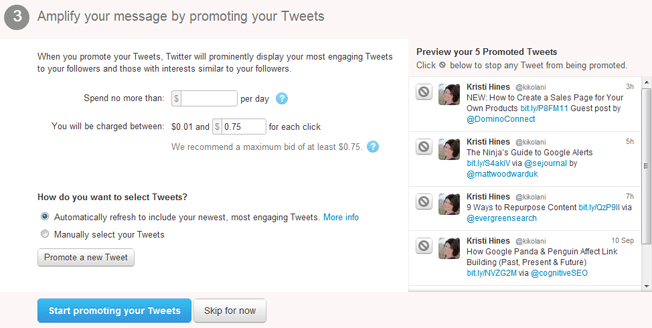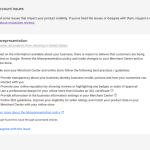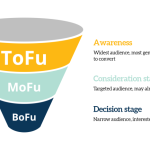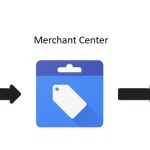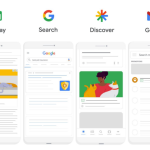Hey, Dave here from Starscape SEO!
Creating an effective and compliant Promoted Tweet on X (Twitter) requires an understanding of their specific advertising guidelines.
Twitter enforces these rules to ensure a safe and enjoyable experience for its users, while also maintaining the integrity of the platform.
Below is a summary of what works and what doesn’t when it comes to promoting tweets.
What Works for Promoted Tweets

Clear and Honest Content
Ensure that your ad is straightforward and accurately represents your product or service. Avoid misleading claims or deceptive practices.
Transparency in promotions, such as clearly stating if an offer is limited-time or conditional, helps build trust with your audience.
Respectful and Non-Offensive Language
Ads should avoid using language that could be deemed offensive, abusive, or discriminatory. This includes hate speech, profanity, and derogatory remarks.
Focus on positive messaging that aligns with your brand values and appeals to a broad audience.
High-Quality Visuals
Use images, videos, or GIFs that are relevant to your message, high-resolution, and properly sized for Twitter’s platform.
Avoid overly sexualized, violent, or graphic content as these are likely to be flagged.
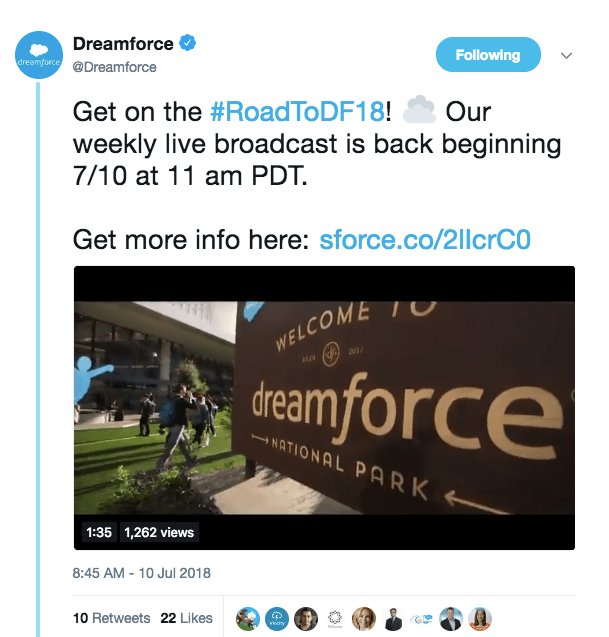
Legal Compliance
Adhere to legal standards in your industry, including age restrictions, health claims, and financial disclosures.
For example, ads for alcohol must comply with local regulations and not target underage users.
Proper Targeting
Use Twitter’s targeting tools to reach the appropriate audience. Promoted tweets should be relevant to the users seeing them.
Proper targeting reduces the risk of negative feedback and increases the effectiveness of your campaign.
What Doesn’t Work for Promoted Tweets

Prohibited Content
Avoid promoting illegal activities, adult content, or gambling (with some exceptions based on jurisdiction). These types of content are strictly banned on Twitter.
Misleading, exaggerated, or false claims in your ad copy can lead to rejection.
Sensitive Events
Tweets related to sensitive or tragic events, such as natural disasters, violent incidents, or public health crises, are generally not suitable for promotion.
Exploiting these events for commercial gain is against Twitter’s guidelines and can lead to your ad being flagged.
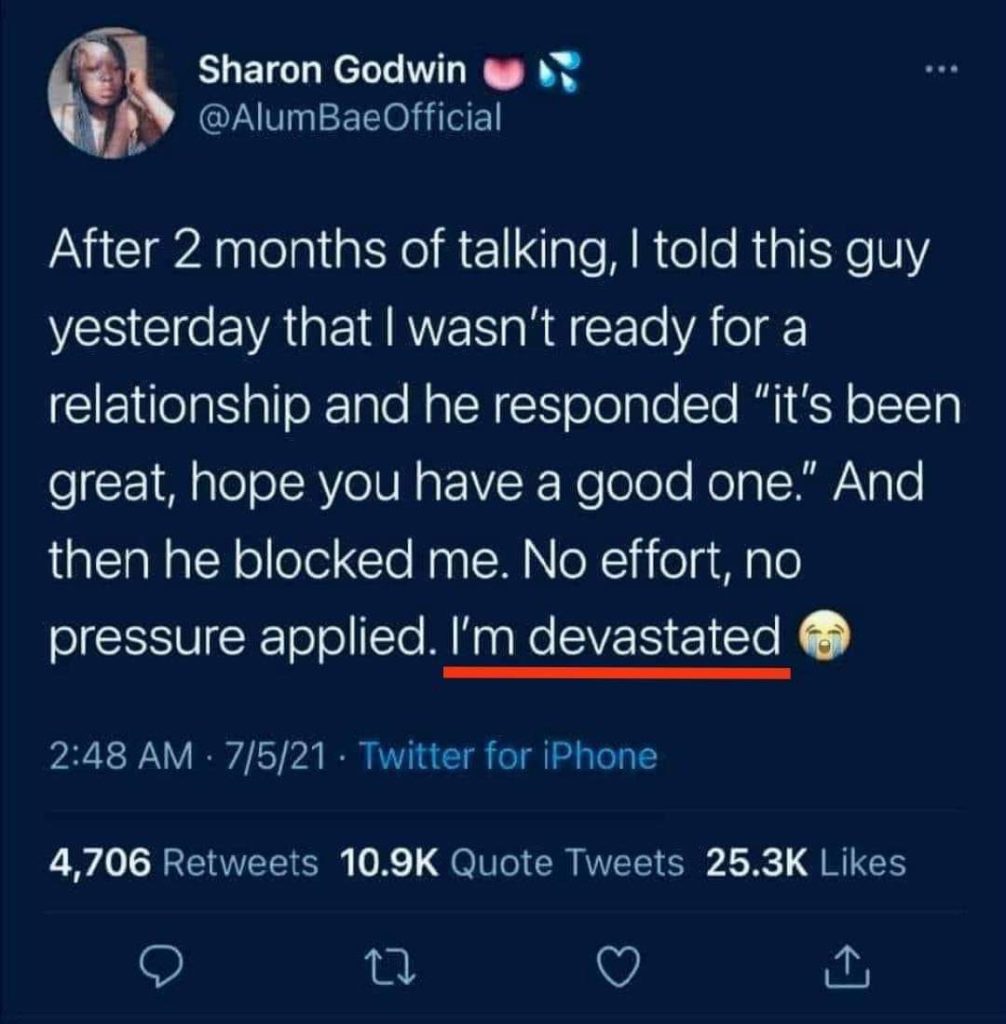
Inappropriate Media
Avoid using media that contains shocking, sensational, or disturbing content. This includes graphic violence, blood, or anything that could be deemed overly sensationalist.
Nudity and sexual content are also prohibited, even if the intention is artistic or humorous.
Clickbait and Spam
Tweets that use clickbait tactics or contain excessive hashtags, mentions, or links may be rejected. Twitter prefers content that is informative, engaging, and adds value to the user experience.
Spammy behavior, like repeated and excessive use of certain phrases or links, can also result in rejection.
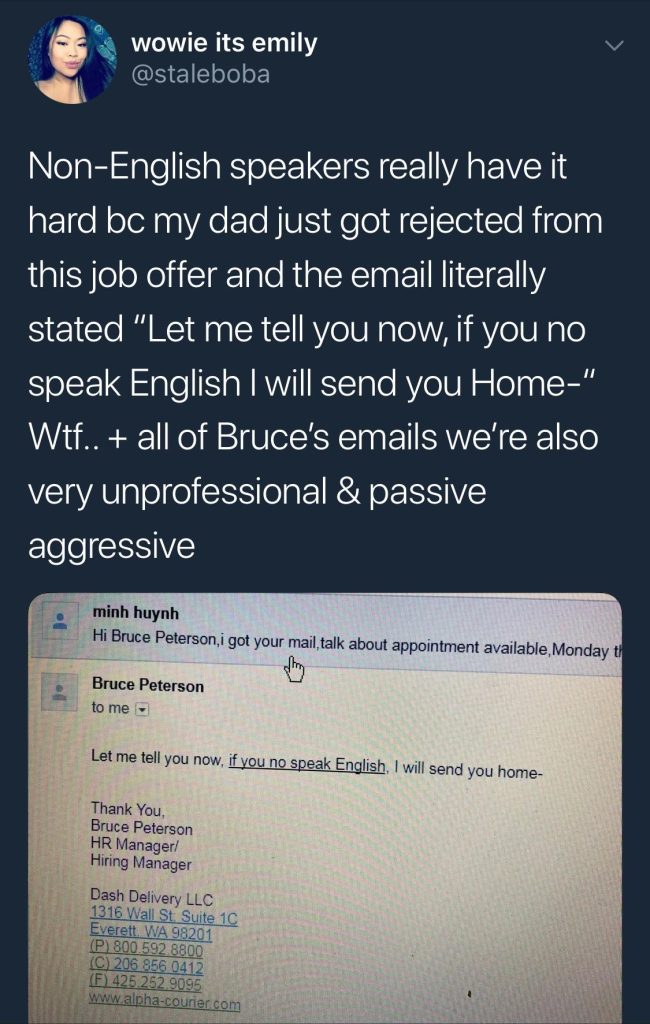
Political and Social Issues
Ads that touch on political or social issues must comply with local regulations, and in some cases, may require additional approval. False information or extreme viewpoints are likely to be rejected.
Be cautious with sensitive topics, as they are subject to stricter scrutiny.
Final Tips
Review Before Submission
Always review your ad content before submitting it for promotion. Check for compliance with Twitter’s guidelines, and make sure it aligns with your brand’s message.
Test and Adjust
If your ad is rejected, don’t be discouraged. Review the guidelines, make necessary adjustments, and resubmit. Sometimes, even small changes can make a big difference.
Twitter’s advertising guidelines are designed to maintain a safe and positive environment for all users. By understanding and adhering to these rules, you can create successful and impactful promoted tweets that resonate with your audience.

